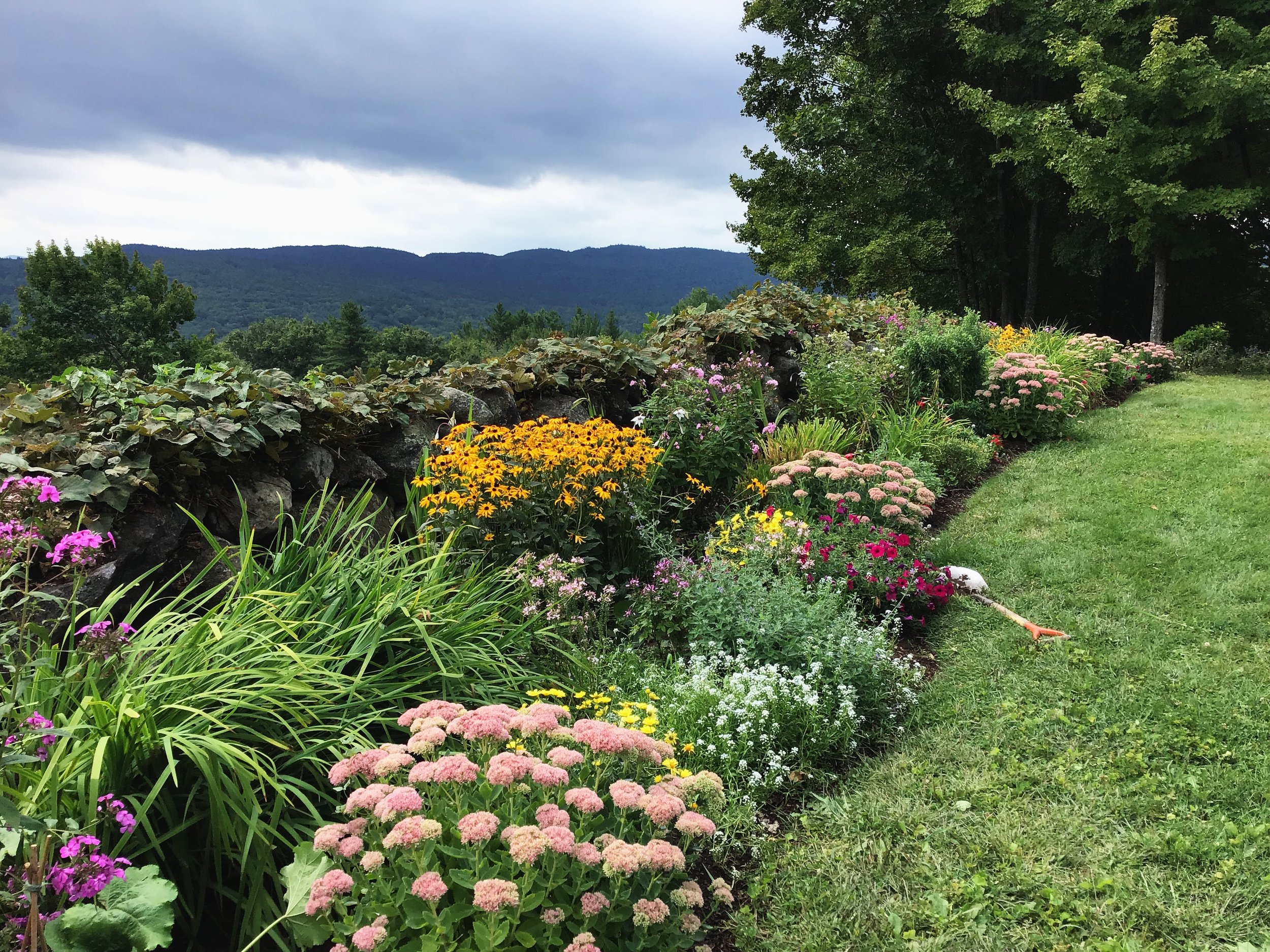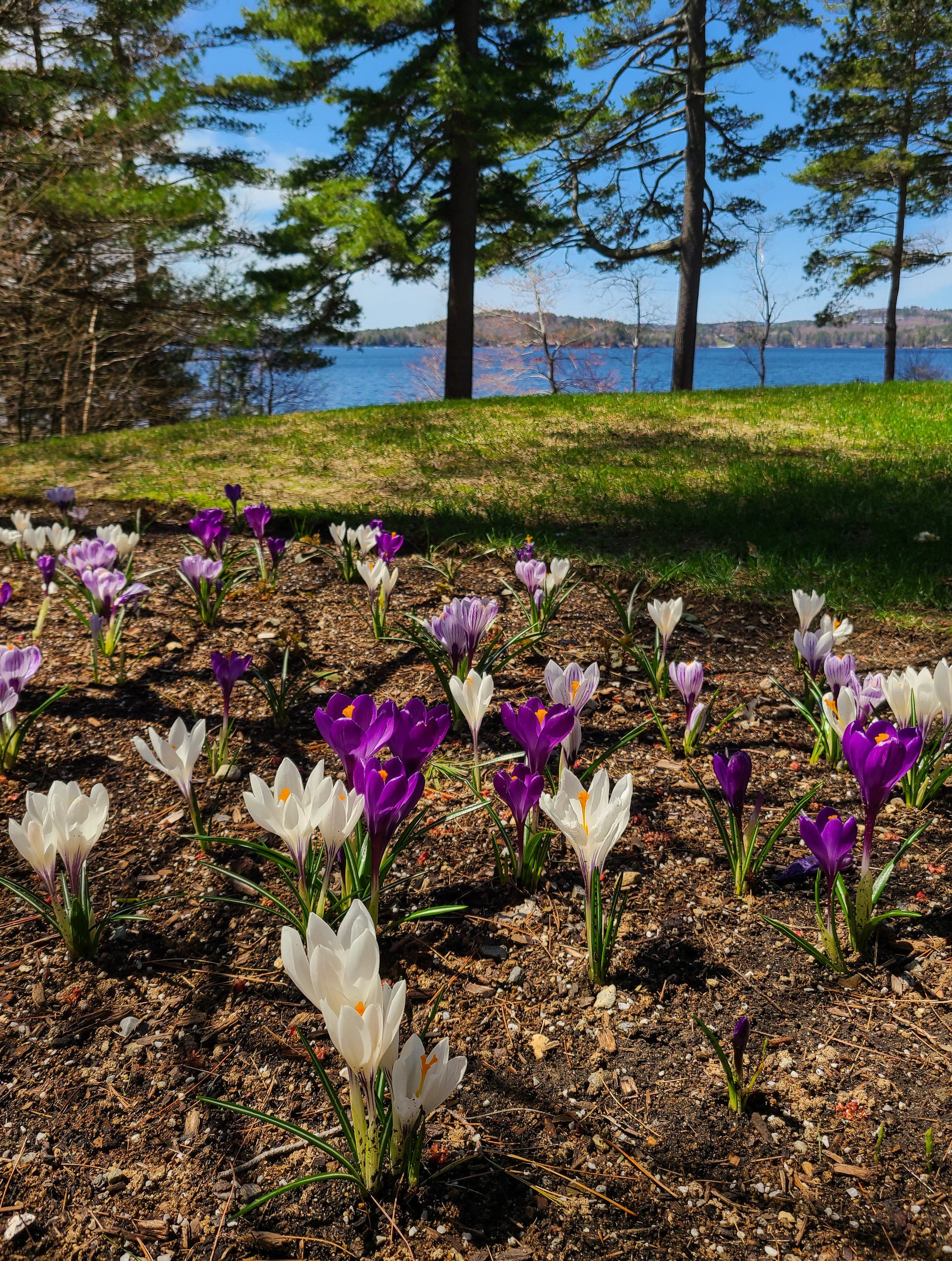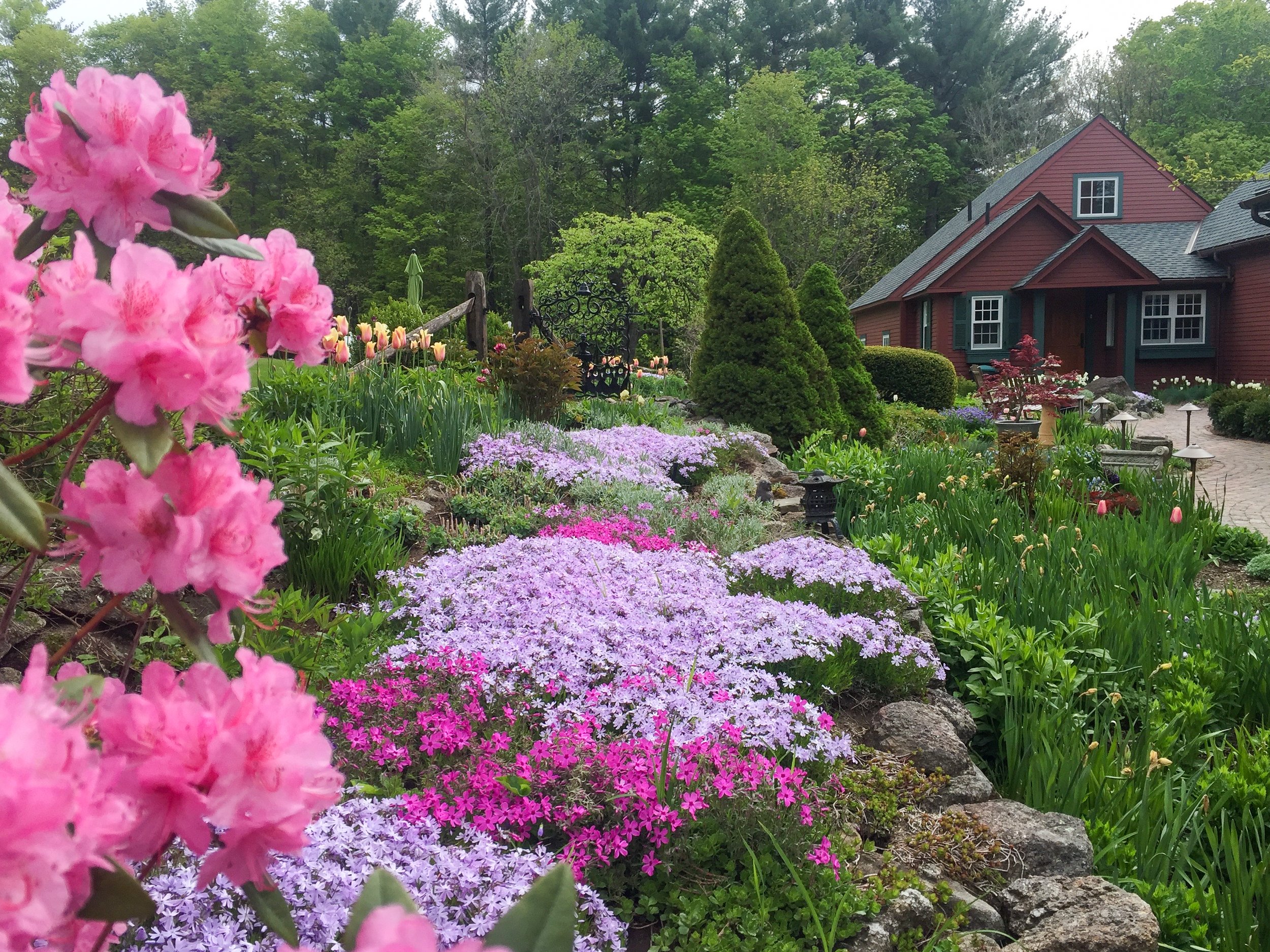
Garden Care
General Garden Care
Planting; Trees, Shrubs, Perennials, Annuals
Pruning
Seasonal Plantings and Containers
Soil Analysis and Conditioning
Watering Beds and Containers
Spring and Fall Cleanup
Spring Cleanup includes the removal of debris from the previous winter, in planting beds. Fall Cleanup includes the cutting back of planting beds. Perennial gardens will be put to bed for the year by cutting back selective herbaceous plant material. We leave up selective perennials that benefit wildlife or provide form through the winter months.
Edging
Nothing defines a planting bed like a crisp edge. We edge planting beds in the spring and throughout the season as needed to maintain a defined planting bed line.
Seasonal Plantings
Seasonal Containers
Garden Life plants containers with a selection of annuals and/or perennials to create colorful combinations that enhance your outdoor space. A slow release fertilizer is added to the potting soil at the time of planting to ensure performance throughout the summer and fall. We will empty, and remove or store, all containers during the fall clean up.
Summer Annuals
This planting is done around Memorial Day, weather and temperature permitting. At this time of installation we will add fertilizer to the soil to ensure healthy growth and performance. Additional fertilization is recommended throughout the growing season to promote and extend bloom time in which we use an all organic water-soluble fertilizer. After the first killing frost, annual plantings will be removed.
Hardy Fall Annuals
These are traditionally planted just before Labor Day, weather permitting! We can choose the colors and location for these, or we would be pleased to fulfill your specific selections.
Winter Arrangements
For the winter season, our crew is able to create beautiful winter or holiday arrangements to last until Spring. Starting with local evergreens, we add lots of textural and natural details and are also happy to decorate with some colorful winter accents!
Spring and Summer Flowering Bulbs
Although bulbs are planted from mid fall until the ground freezes, late summer is the time to start planning next years garden with colorful displays of spring and summer flowering bulbs. After the display is finished; the old foliage will be removed at the appropriate time.
Implementing New Plantings
Perennials and woody plants can be added to your landscape or garden to compliment existing plantings, to create a fuller appearance, or attract wildlife. At the time of planting, we will add compost, soil amendments and appropriate fertilizer for your specific soil.
Leaf or Bark Mulching
We apply a thin coat of leaf or bark mulch to new plantings to help the ground retain moisture, prevent soil erosion and weeds from popping up. Leaf mulch is ideal but not applicable in all application. It will add more nutrients to the soil and can be turned into the soil as the garden is worked over time. Leaf mulch also attracts beneficial organisms that increase the soil health.
Watering Beds and Containers
Watering new plantings and/or more established plants throughout dry spells ensures plants establish deeper roots which in turn makes plants more resilient during dry times of the season. If there is a drought then certain plants might require added water as well as containers. Containers need regular watering throughout summer and early fall, as they have a limited area of soil to hold water.
Pruning
Winter Pruning
For many trees and shrubs, Winter is the ideal time to do tree reduction, thinning, and pruning for the purpose of retaining good future structure and framework.
Seasonal Pruning
Some trees and shrubs should not be pruned during the winter months, but at different times during the growing season. May through August is the time to schedule seasonal pruning for spring blooming plants, keep foundation plants away from buildings, as well as each other.
Special and Rejuvenation Pruning
Over time, many woody plants need special rejuvenation pruning to improve their growth habit, increase health and vigor, and reduce their size. This pruning will induce new growth on old wood, increase the production of a well balanced branching system, and improve flowering and fruiting.
Working and Improving Soil
Soil Analysis
A soil analysis is recommended when there are signs indicating that plants or lawn areas do not appear healthy or growing, as they should be. We take samples throughout the affected area and send them to the UNH Cooperative Extension Service for analysis and recommended organic treatments.
Soil Improvement
In time, the organic matter and nutrients in soil becomes depleted or compacted. This inhibits the circulation of air and water throughout the root zone, which affects the performance and health of plants. Amending soil by incorporating compost is the best way to address these issues and is an important part of maintaining your garden. Soil that has good structure from the addition of compost, promotes plants to perform at their best.
Fertilizing Beds
Having ample food available to the plants in your landscape is vital to their health and vigor. Routine fertilization increases leaf, flower and fruit/berry production, and helps plants maintain resistance to pests and diseases.







